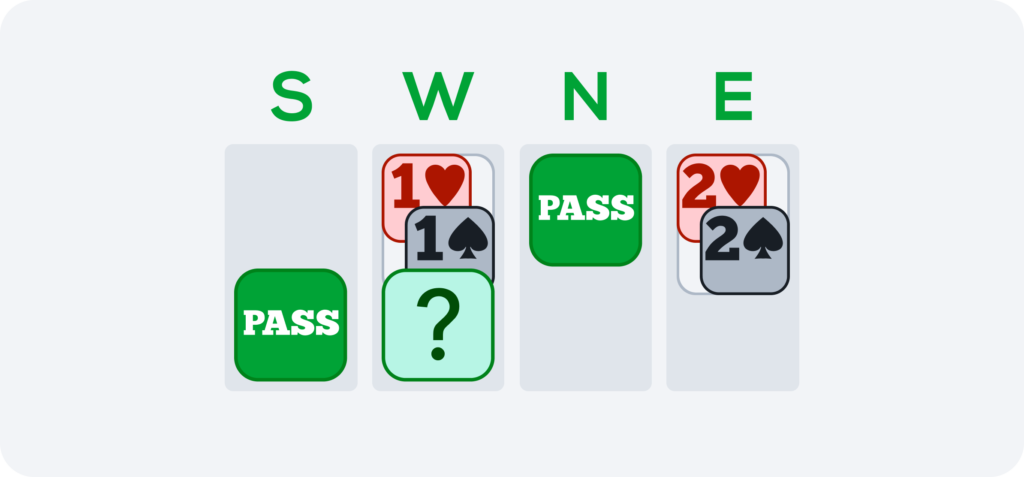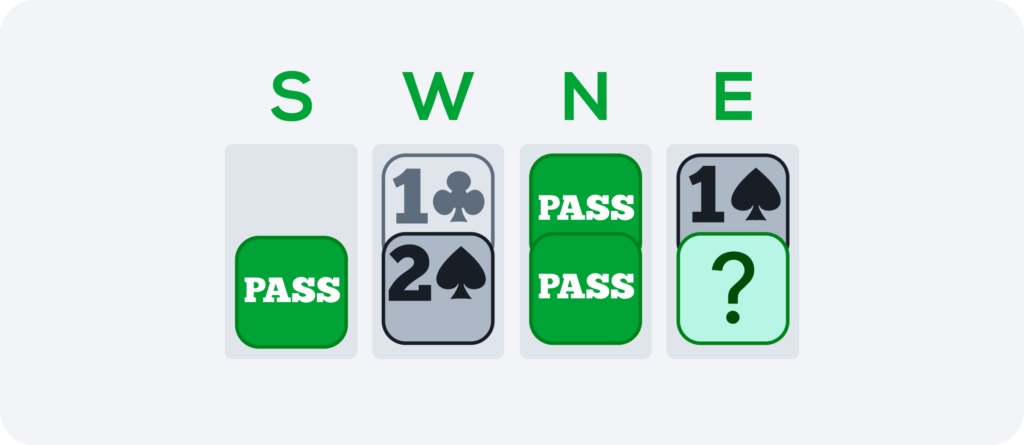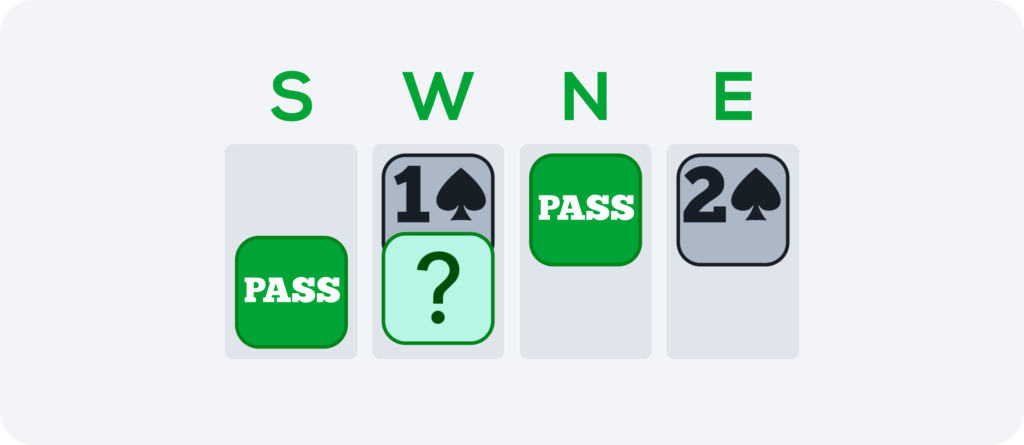
The new trial bids

This article treats trial bids after natural simple raises of a major to the two-level. The objective is to differentiate trial bids that invite game from those that investigate a slam all while following a guideline: to reveal as little as possible about declarer’s hand in game auctions and precisely identify responder’s hand in slam auctions.
1- Preamble
Two sequences will be studied here.
> Direct raise of a major-suit opening:

> Raise of responder’s major by opener. A typical sequence:

2- First sequence 1M-2M
Support of the responder’s major, sample sequence:

You need a Funbridge Premium or Premium+ subscription to keep reading.
To read the rest of this article by Alain Lévy, please login with a valid Premium+ or Premium account.




really good
godo
I probably did not get it completely and missed something, but I have a question regarding the game trial in the 1m-1M-2M sequence. The article states “After the start 1m-1M-2M, responder, if he is only looking for game, must bid the other minor, a natural or semi-natural bid.” However, looking at the following two examples: 1) 1C-1S-2S-3D there is a comment that opener knows that W has no more than two clubs. That seems to suggest that with three clubs (and two hearts) you would bid 3C and not 3D. 2) In the next example, 1D-1H-2H-2S-4H the trial bid is made in spades.
So what is it, the cheapest 3+ card suit or the other minor?